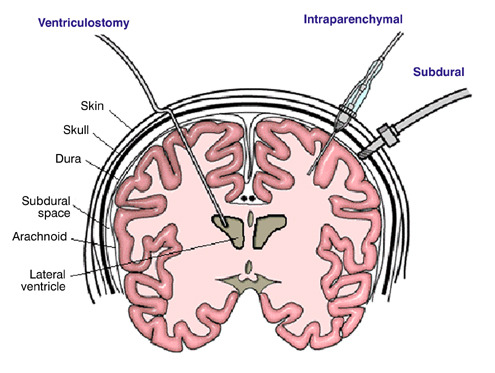Quite a lot of research has been done on the efficacy of prophylactic antibiotics in the prevention of infectious complications after surgical procedures. Antibiotics are now routinely given prior to most elective surgical procedures. In the US, the Centers for Medicare and Medicaid Services has formalized this into part of the Surgical Care Improvement Project (SCIP), which mandates the use of an appropriate antibiotic within 1 hour preop and stopping it within 24 hours postop.
But what about emergent cases, like trauma laparotomy? Ensuring timely antibiotic administration is difficult due to the rapid events leading up to the operation. And sometimes it is not clear whether a hollow viscus injury has occurred until after start of operation, so the antibiotic choice may change in the middle of the case.
Two busy urban trauma centers with high penetrating injury rates looked at one year of experience in patients undergoing trauma laparotomy. They compared surgical site infections (SSI) in patients who received SCIP-compliant antibiotic administration vs those who did not.
Key findings:
- Patient mix was 30% blunt, 44% gunshot, 27% stab wounds
- There were 151 SCIP-compliant patients and 155 noncompliant ones
- Half of the noncompliant group did not receive the appropriate antibiotic (usually Cefazolin in hollow viscus injury), and half had antibiotics given for more than 24 hours
- SCIP-compliant patients had significantly fewer wound infections and shorter length of stay. Mortality was the same.
Bottom line: I recommend adhering to SCIP prophylactic antibiotic guidelines for trauma laparotomy. There is no reason why this subset of patients should be treated any differently, and this study presents evidence that it is beneficial. Using the SCIP guidelines in emergent surgery reinforces the usual preop routine in hospitals that have already embraced them. In general, blunt trauma patients undergoing laparotomy should receive prophylaxis that covers skin organisms. Since penetrating trauma has a much higher chance of involving the intestinal tract, broader spectrum antibiotics should be selected. In either case, use the antibiotic that has been selected for this purpose by your hospital. And be sure they are stopped during the first 24 hours.
Reference: “SCIP"ping antibiotic prophylaxis guidelines in trauma: the consequences of noncompliance. J Trauma 73(2):452-456, 2012.


